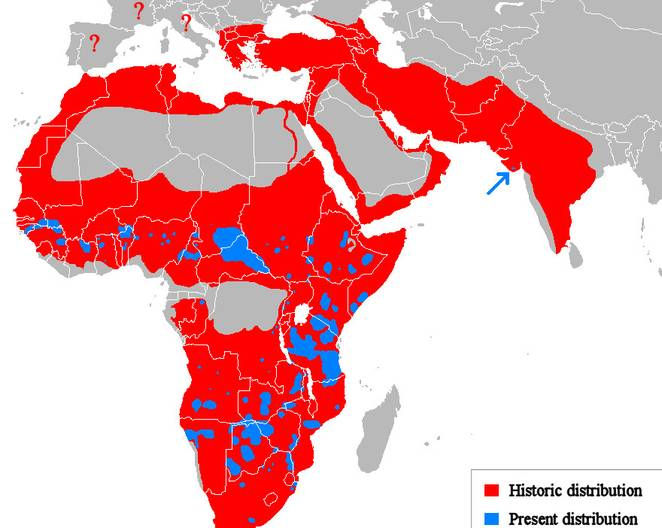As Lion Populations Decline By 42% In Africa, Isn't It Time This Iconic Animal Was Protected And
- Jennifer J

- Jun 20, 2018
- 3 min read

The Convention for Conservation is discussing the status of the Lion, alongside many other wild animals, throughout the last week of October. The listing of the Lion is going on today, at the Convention for Conservation. As that is being discussed, what IUCN red listing does the lion have? What are the lion's current population? And, do lions need protections? And if so, what protections do they need?
The IUCN Red List For Wild Lions The IUCN red list is a list which classifies wild animals. The IUCN red list will classify wild animals with how much they persecuted of going extinct, to how common the species are. Below is an image of the IUCN red list.

This image shows you where lions lie on the scale. As you can see, lions are classed as a 'vulnerable' animals. In being vulnerable, lions are one step away from being classed as endangered. Isn't It Time That We Did Class Lions As Endangered? There is a good argument for classing lions as endangered. Almost half of the lions decline, 42% of their decline, has come in the last 21 years alone. Their population has been declining sharply, particularly over the last 20 years. Which means that in the coming years, they are likely to decline even further, without the protections needed. It is estimated that African lions could become extinct by 2050. So, in almost 32 years time. Although that seems like a long way off, it's not. Especially when lion populations are declining fast.
It means that we could witness the extinction of African lions within our lifetime. This is one reason why we should grant the lion endangered species status. But there is another. If you look at this map, it shows how much land lions have lost in Africa.

In effect, looking at this map shows you the extent of the decline in African lions. To sum it up, African lions have gone extinct in most parts of Africa they once roamed. Further to that, they are going extinct in many other parts of Africa. Take Zimbabwe for example. Lion Alert says that there are only 33 lions left in the Gonarezhou National Park, in Zimbabwe. In another one of Zimbabwe's national parks, the Hwange National Park is where Cecil the lion was killed. It is not only lions which face persecution and elimination in Zimbabwe, other wild animals do too. Such as rhinos. The World Wildlife Fund (WWF) estimated that 60% of rhinos in Zimbabwe and the Democratic Republic of Congo were killed between 2003 and 2005. The challenges facing both rhinos and lions, alongside other wild animals on the African continent, are not just consigned to these two countries. It is widespread across all of the African continents.
Do Lions Need Protections? Considering that lions are in a vulnerable position and that it is estimated that the face extinction in a little over 30 years, then yes, lions do need protections. But, there are other reasons that they need protection. They need protection because their habitats are shrinking. They also need protection from hunters. Classifying lions as an endangered species won't stop them from being persecuted. However, conservation efforts to preserve them and increase their numbers could protect them. According to Born Free, in the 1940s, there were almost half a million lions, at 450,000 lions. In the 1980s, their numbers drastically decreased to 100,00. And today, their numbers have declined even further, due to hunting and habitat loss, to only 20,000.
Let's not wait until they are in the same position as wild tigers, in terms of population, to take their decline seriously. Note: The African lion is a different species of lion from the Asian lion. The Asian lion is currently listed as endangered.
While finishing writing this, the convention has said that it would be listing African lions.



Comments